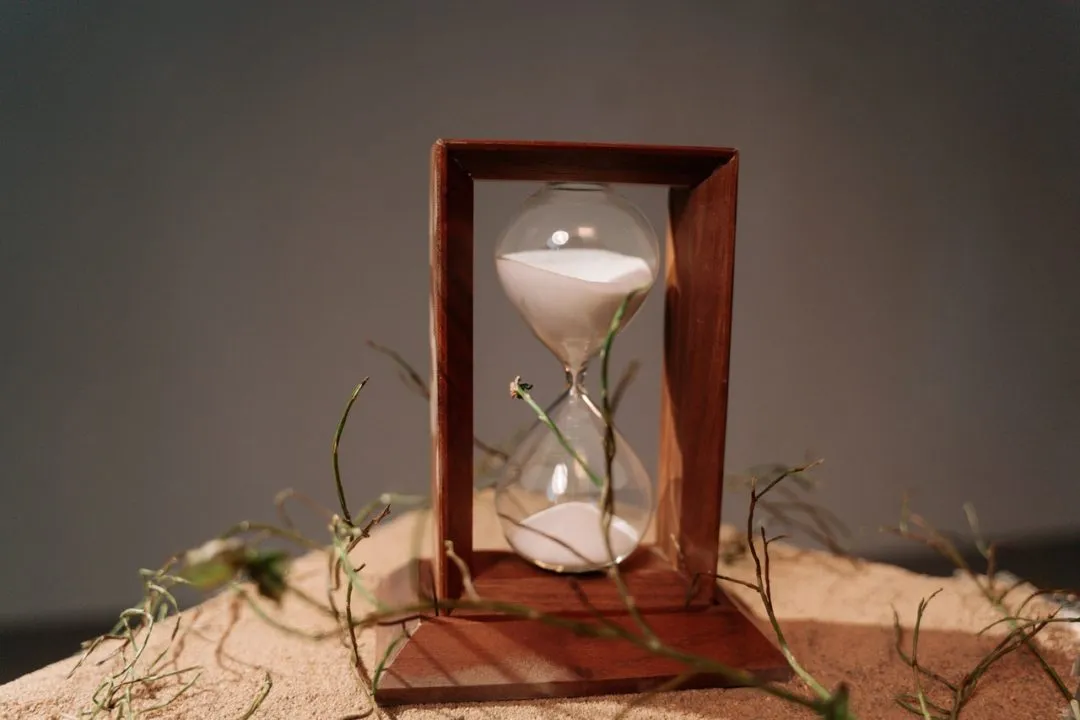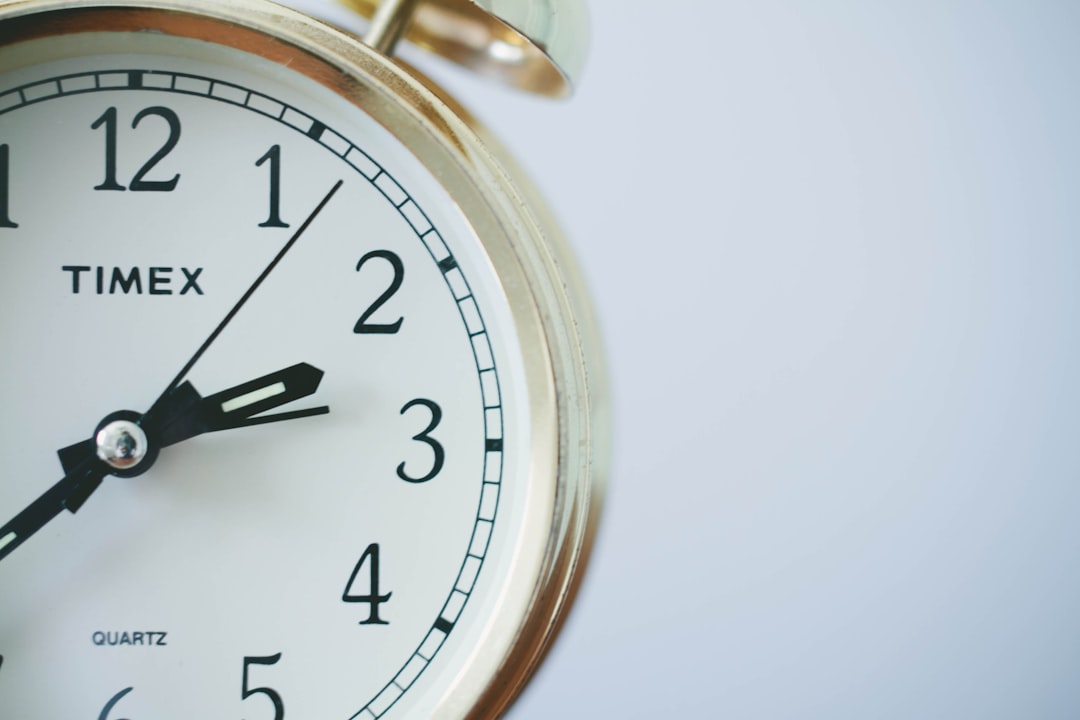LENGTH AND TIME, THEIR USE IN PHYSICS

About Course

At the end of this course you should be able to:
- Demonstrate the use of various measuring instruments to determine length
- Demonstrate the use of clocks and devices for measuring an interval of time
- Identify factors that affect the period of a simple pendulum
Length and time
Length is a linear measurement of the distance between two points and its standard S.I. unit is ‘metre’ (m). Like all standard units of measurement, the metre has multiples and sub-multiples
Time is a dimension in which events can be ordered from the past through the present into the future. It is also the measure of duration of events or the intervals between them. Its SI unit is second (s), but it can also be measured in millisecond (ms) or microsecond (µs) depending on instrument used or the purpose for which it is being considered. An interval of time is the length of time form the starting to the end point of an event. Instruments used to measure time intervals range from simple mechanical or electric watches to atomic clocks found in scientific laboratories.
Both length and time are basic measures commonly used in physicsPhysics (from Greek: physis "nature") is a natural science ... More for different purposes.
Course Content
LENGTH
Draft Lesson
Draft Lesson
Time
Student Ratings & Reviews
